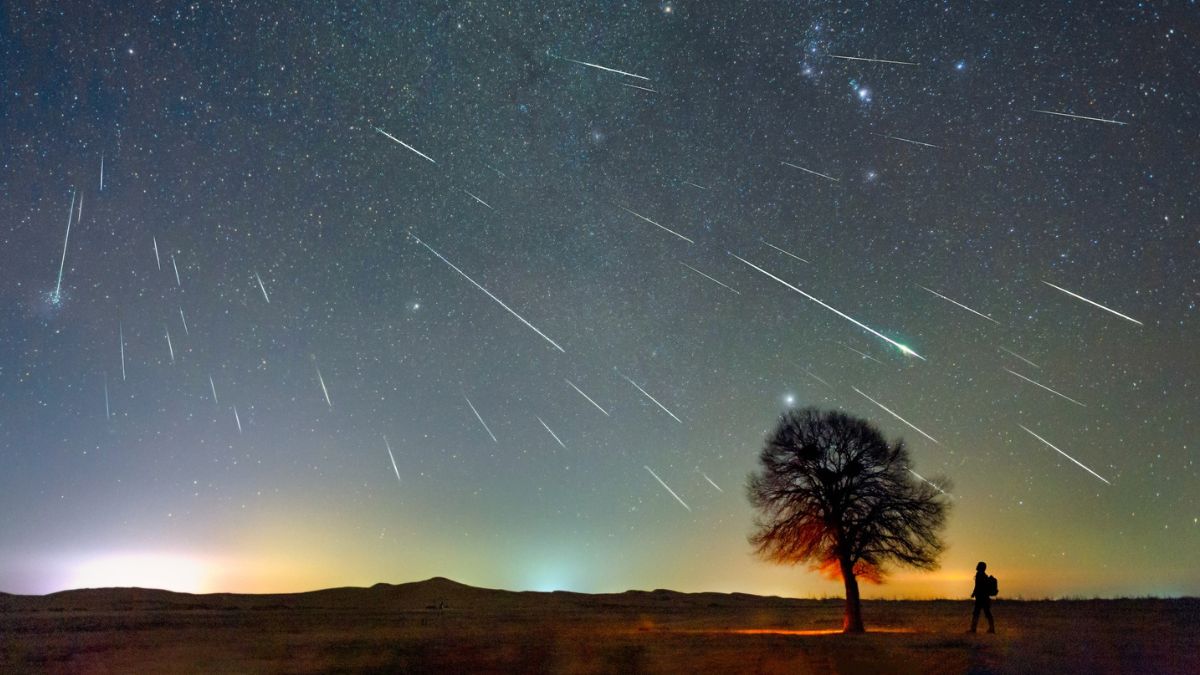The Perseids, this year’s most powerful meteor shower, will peak on August 11, as per the American Meteor Society. According to reports, as debris from the parent comet, Swift-Tuttle, hits Earth’s atmosphere, this outburst might produce up to 100 meteors every hour, creating shooting stars that could be visible for several minutes. NASA reports that the Perseid meteor shower produces more fireballs with dim blue and red colours than almost any other shower because of the increased magnitude of the comet.
Here are 5 best spots to see this year’s most powerful meteor shower
1. Grand Canyon National Park, Arizona
Although the Grand Canyon is well known for its old rock layers, its nighttime views have grown in popularity recently as well. Stargazing, with a special celebration for the Perseids, is now the park’s most popular program, according to ranger and dark-sky advocate Rader Lane.
2. Voyageurs National Park, Minnesota
Large lakes with open views of the sky make Voyageurs an excellent place to look for aurora hunting and they also provide an excellent setting for seeing Perseid meteor showers.
3. Badlands National Park, South Dakota
Under a blanket of stars, the alien-like sedimentary rock formations in Badlands appear even more alien. As per the park website, from this remote park, you can see over 7,500 stars on any given night, with a dark enough sky to see the Perseids and the Milky Way.
4. Zion National Park, Utah
Visitors to Zion are rarely disappointed, but seeing the shooting stars and fireballs flashing across the sky at night is an exceptionally surreal experience. Zion is a Dark Sky-certified park that is open 24 hours. The Pa’rus Trail, which is available from the park visitor center and the South Campground, is one of the most popular locations for unobstructed views.
5. Glacier National Park, Montana
Open year-round, Glacier National Park is a stargazer’s heaven with very little light pollution. It is also the only park with Dark Sky certification to span international borders, including both Glacier and Waterton Lakes National Park in Alberta to the north.


